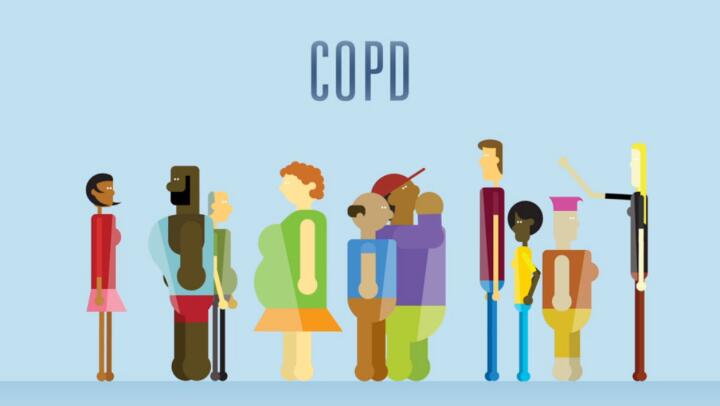
CPT is a technique that people can use to drain the lungs of excess mucus.
CPT is often a treatment option for many respiratory conditions, such as bronchiectasis and chronic obstructive pulmonary disease (COPD). A recent study also showed CPT as a successful approach in COVID-19 to help reduce or prevent the need for artificial ventilator treatment.
CPT is most commonly used for cystic fibrosis. Cystic fibrosis is a genetic condition that is progressive, causes lung infections, and limits your ability to breathe over time. It causes the mucus on your organs to grow thick and sticky. In the lungs, this causes the airways to clog, and it also traps germs and bacteria. This often leads to infection, inflammation, and respiratory failure, among other complications.
Why do people perform chest physiotherapy?
People perform CPT to loosen and expel excess mucus that can build up in the lungs from a range of respiratory conditions, such as cystic fibrosis.
Visit our hub to learn more about lungs, breathing, and respiration.
Early methods of CPT
You should discuss all options with your doctor and allow them to help you choose the best option for your individual needs.
Conventional CPT
With conventional CPT, you get into various positions to drain the excess mucus from the different lobes of your lungs. Each position is specifically designed so that one of the five lobes of the lungs is facing downward. This enables gravity to help clear the mucus.
CPT is often combined with percussion, wherein your caregiver, partner, or therapist claps or vibrates on your chest to further loosen and move the mucus. The aim of this percussion is to move the mucus to the larger airways so that you can then huff or cough it out of your body. This is typically called postural drainage and percussion.
CPT typically takes 20–40 minutes. It is usually best done either before a meal or 1.5 to 2 hours after eating. This reduces your risk of CPT causing vomiting.
The number of sessions required per day can vary from person to person. Your doctor or respiratory therapist will help you decide on the best plan for you.
Active cycle of breathing technique
Active cycle of breathing technique is typically divided into three phases. Each phase has different breathing techniques that are used to help clear mucus from the lungs.
Phase one is used to help relax your airways. Phase two gets some air behind the mucus and helps clear it. Finally, phase three helps you force the mucus out of your lungs.
Autogenic drainage
Autogenic drainage describes self-drainage. This technique uses various speeds of breathing to move mucus through your lungs.
Your respiratory therapist will teach you how fast and how deeply to breathe in order to fill specific parts of your lungs with air.
Autogenic drainage can take a lot of practice. It is only recommended for people over the age of 8 years old.
Positive expiratory pressure
Positive expiratory pressure (PEP) is a type of therapy that uses your extra, or collateral, airways to get behind the mucus and get air into your lungs.
During PEP, you breathe through a mask or a handpiece. This allows the air to flow freely as you breathe in, but not as you breathe out. It forces you to breathe out harder to work against the resistance of the machine. Because it takes approximately four times longer to breathe out against this resistance, it helps move the air through the lung and airway walls, getting behind the mucus.
High-frequency chest wall oscillation
High-frequency chest wall oscillation — or the vest, as it is sometimes known — uses an inflatable vest attached to a machine.
The machine attached to the vest vibrates at a high frequency, mechanically performing CPT. The vibrations going through the vest help loosen the mucus.
Around every 5 minutes, it is necessary to stop the machine to cough or huff in order to expel the loosened mucus.
Learn about the symptoms of respiratory problems here.
CPT is a technique that people can use to clear excess mucus that has built up in the lungs. It is typically helpful for those with respiratory conditions, such as cystic fibrosis, bronchiectasis, or COPD.
There are various CPT techniques to try, either aided by someone else or self-administered.
Talk with your doctor about the different options to choose which one is best for you.
















